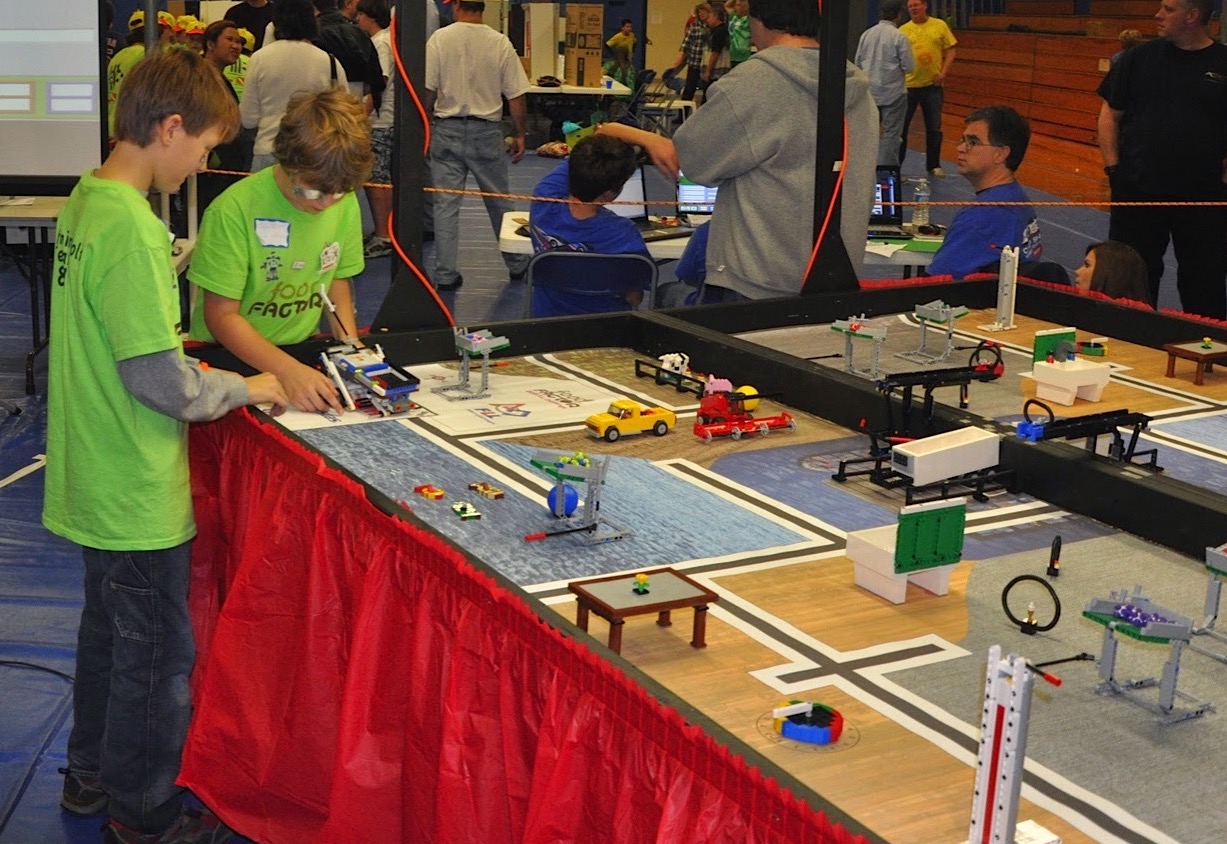NOEL DESMARAIS
Applied AI Engineer
About
I’m an endlessly curious and adaptable engineer, passionate about building practical AI solutions that empower both developers and end users. My journey began with a solid foundation in Computer Science & Information Systems from the University of Vermont, where I first discovered the thrill of problem solving and the power of code.
My early programming experience spanned C++, Java, and Python. As an Advanced Programming Teaching Assistant, I deepened my understanding by helping others master complex data structures and algorithms. This not only sharpened my technical skills but also taught me how to communicate intricate concepts clearly, a skill that’s proven invaluable as AI continues to evolve.
My fascination with AI started in an evolutionary robotics course, where I built a simulated robot that learned to navigate obstacles through evolutionary algorithms. That project sparked a lasting interest in artificial intelligence and motivated me to keep finding new ways to apply AI to real-world challenges.
After college, I honed my full-stack engineering skills at Trinnex, leading data-driven projects for enterprise clients and working closely with UX and Product teams to deliver user-focused solutions. My passion for AI led me to collaborate with data scientists and pursue advanced coursework, deepening my expertise in machine learning and intelligent systems.
Today, I am a Software Engineer at Maven AGI, focused on AI Developer Experience. Here, I build intuitive tools and platforms that make it easy for anyone, technical or not, to harness the power of AI. My work bridges the gap between cutting-edge language models and seamless developer experiences, enabling rapid integration and innovation across enterprise environments. I enjoy the challenge of hiding AI complexity behind elegant interfaces and get energy from collaborating with talented teams to push the boundaries of what’s possible in applied AI.
Outside of work, I love tackling personal projects that blend creativity and technology, from designing IoT-based environmental monitors to developing high-performance C++ libraries. I am particularly fascinated by the evolving role of software engineers as AI transforms our industry, and I am committed to lifelong learning as both a personal philosophy and a professional necessity.
I’m always eager to connect with others who share a passion for AI, developer experience, and building impactful solutions. If you’re interested in my work, feel free to explore my projects below.

8-Year-Old me (left) setting up our robot at the NH FIRST LEGO Robotics competition, my first introduction to engineering.
Projects
Explore my work
Featured Work
Midwest Road Usage Charge Pilot
Created multiple web apps to help the Kansas Department of Transportation implement their Road Usage Charge Pilot.
TypeScript
React
CSS
Python
TidByt-Inspired LED Matrix
Recreated a product using an LED Matrix and a Raspberry Pi Pico.
Python
C++
Kairos
Built a multi-agent AI planner that breaks down high-level goals into actionable calendar events.
TypeScript
React
Python
CSS
All Projects
Fall Prevention Education iOS Application
Created an iOS application for the University of Vermont Medical Center to educate fall-prone individuals.
Swift
RNTR - Apartment Rating Website
Created a platform that allowed renters to review their landlords and apartments to increase transparency in the rental market.
HTML
CSS
PHP
JavaScript
SG-FECC 2023 Website
Redesigned and implemented an SEO-optimized website, resulting in an estimated 300% increase in page-visits.
HTML
CSS
Evolutionary Robotics Simulated Robot
Optimized a simulated robot for locomotion in diverse environments using evolutionary algorithms.
Python
Custom Compiler
Developed a simple compiler enabling translation of high-level programming language into x86 assembly language
Python
Automated Plant Care System
Using Arduinos, sensors, and pumps connected via Bluetooth, created a device to keep plants watered and fertilized.
C++
Python
Plants vs. Zombies Recreation
Collaborated with a small team to recreate the game Plants vs. Zombies
Python
Image Manipulation Program
Developed an image manipulation program with a wide range of features, including mirroring, color inversion, grayscale conversion, and the creation of kaleidoscope effects.
C++
Python
Enigma Recreation
Developed a fully-functional version of the WWII German encyphering machine Enigma in Python.
Python
BlockDude Game Recreation
Recreated the game BlockDude, originally found on TI-84 calculators
